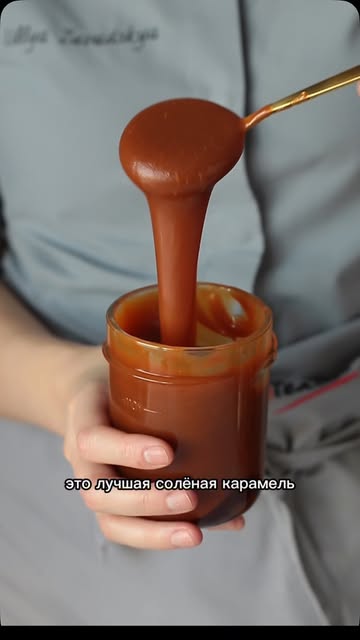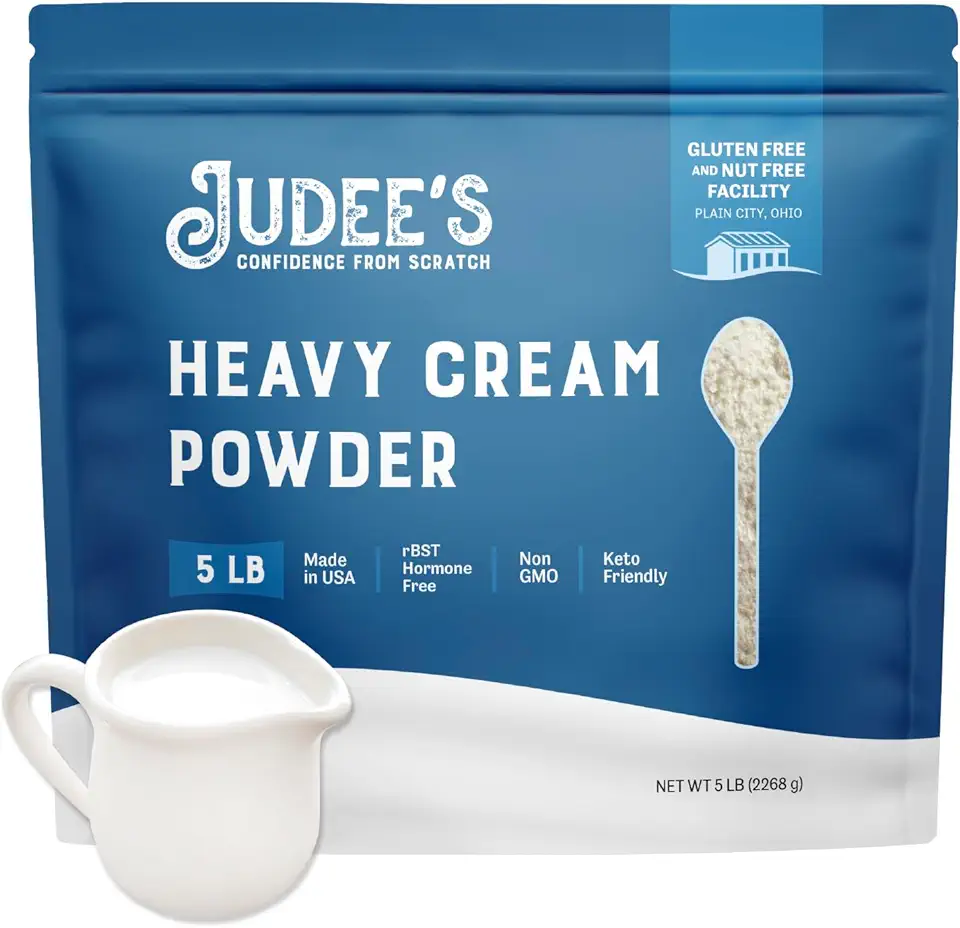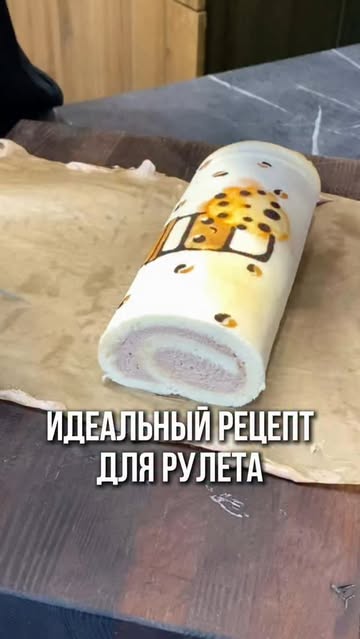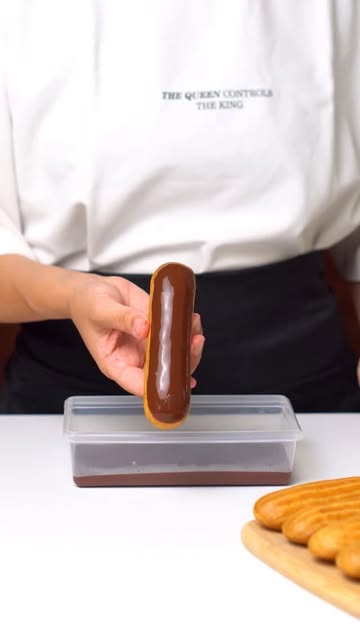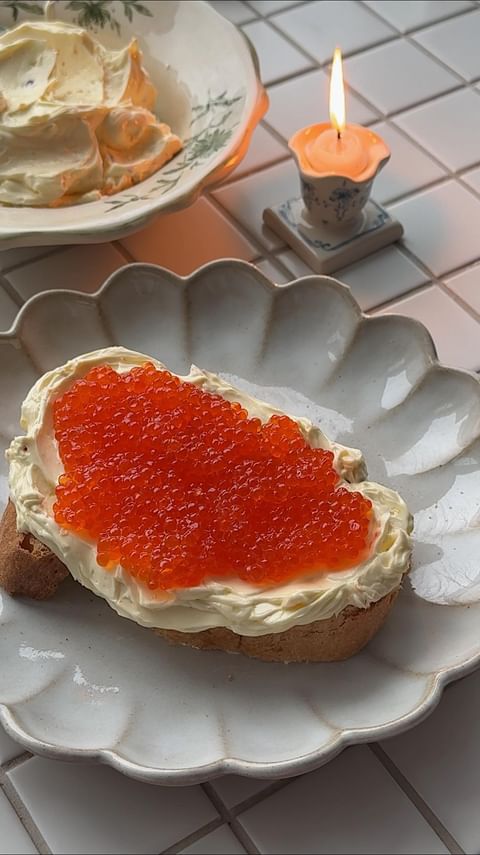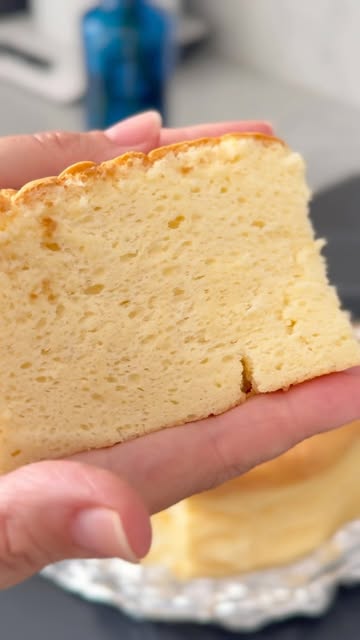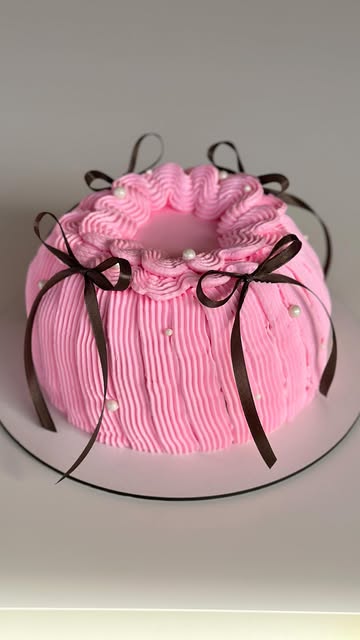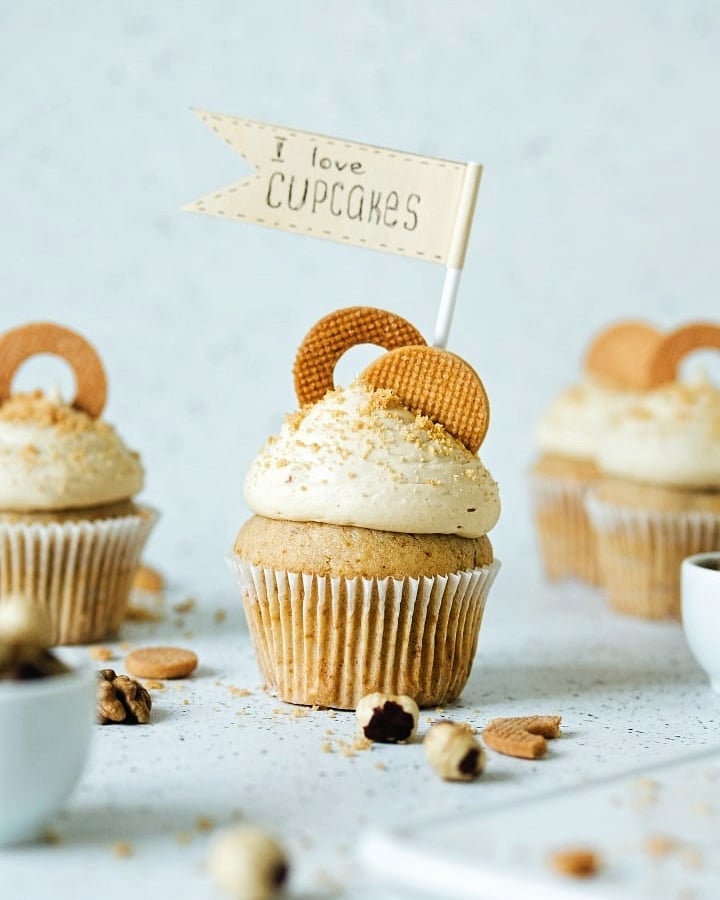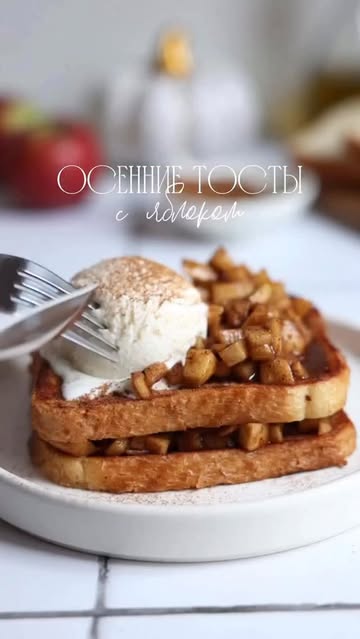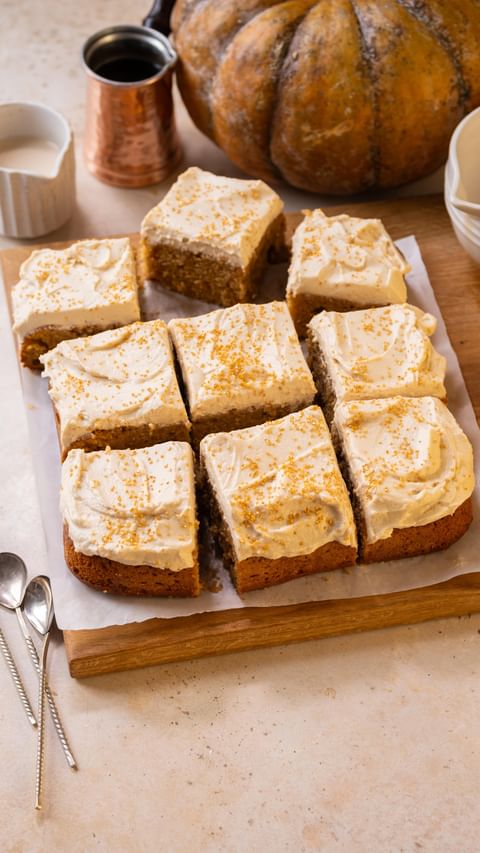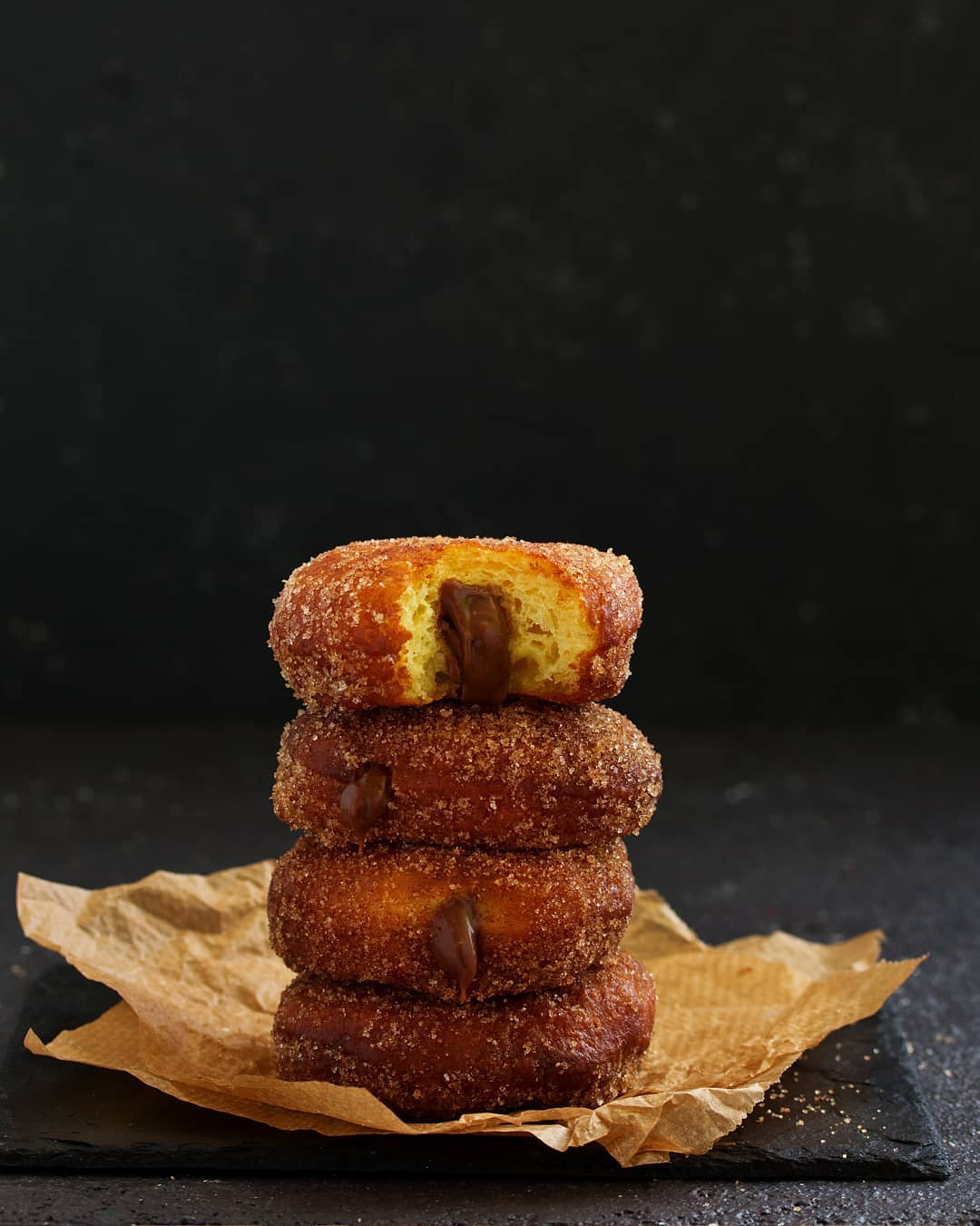Ingredients
Sugar and Cream Mixture
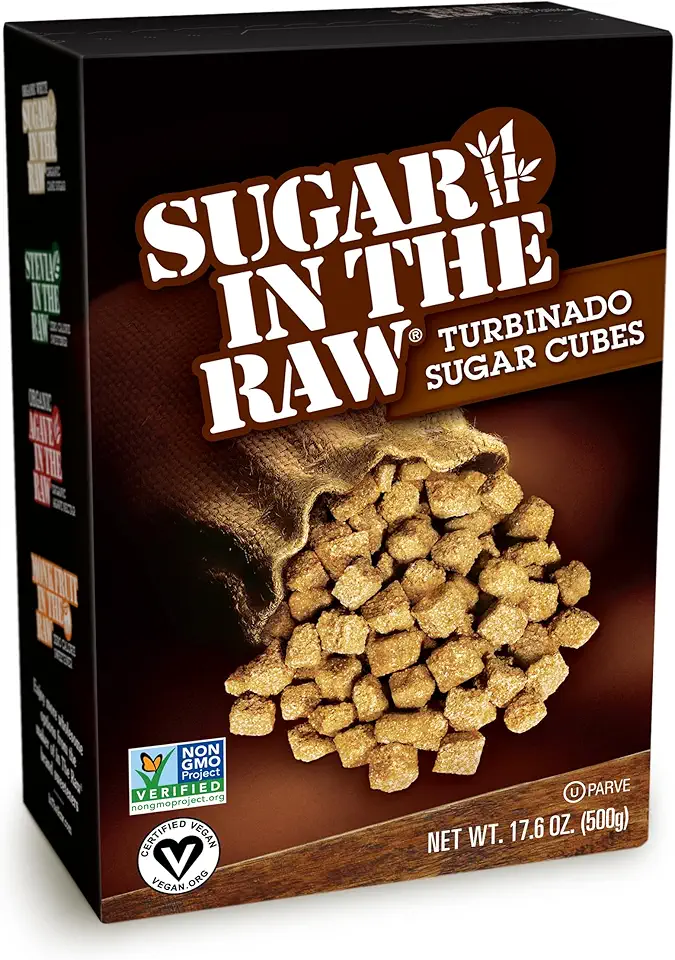 Sugar In The Raw Granulated Turbinado Cane Sugar Cubes, No Added Flavors or erythritol, Pure Natural Sweetener, Hot & Cold Drinks, Coffee, Vegan, Gluten-Free, Non-GMO,Pack of 1
$5.27
View details
Prime
Sugar In The Raw Granulated Turbinado Cane Sugar Cubes, No Added Flavors or erythritol, Pure Natural Sweetener, Hot & Cold Drinks, Coffee, Vegan, Gluten-Free, Non-GMO,Pack of 1
$5.27
View details
Prime
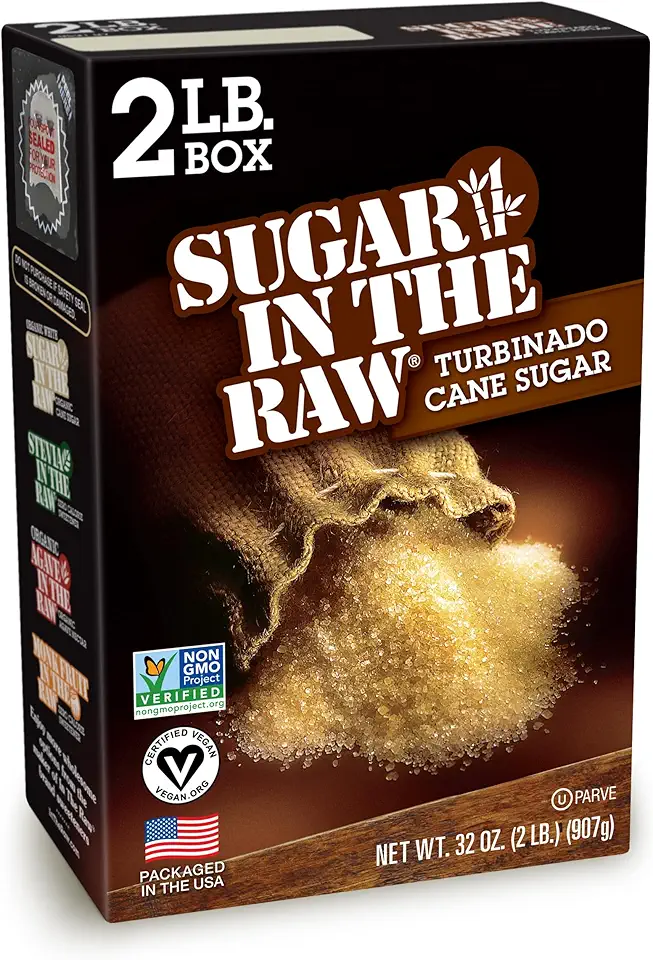 Sugar In The Raw Granulated Turbinado Cane Sugar, No Added Flavors or erythritol, Pure Natural Sweetener, Hot & Cold Drinks, Coffee, Baking, Vegan, Gluten-Free, Non-GMO, Bulk Sugar, 2lb Bag (1-Pack)
$3.74
$4.14
View details
Prime
Sugar In The Raw Granulated Turbinado Cane Sugar, No Added Flavors or erythritol, Pure Natural Sweetener, Hot & Cold Drinks, Coffee, Baking, Vegan, Gluten-Free, Non-GMO, Bulk Sugar, 2lb Bag (1-Pack)
$3.74
$4.14
View details
Prime
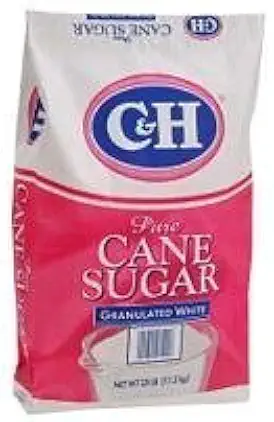 C&H Pure Cane Granulated White Sugar, 25-Pound Bags
$56.99
$49.98
View details
C&H Pure Cane Granulated White Sugar, 25-Pound Bags
$56.99
$49.98
View details
Butter and Seasoning
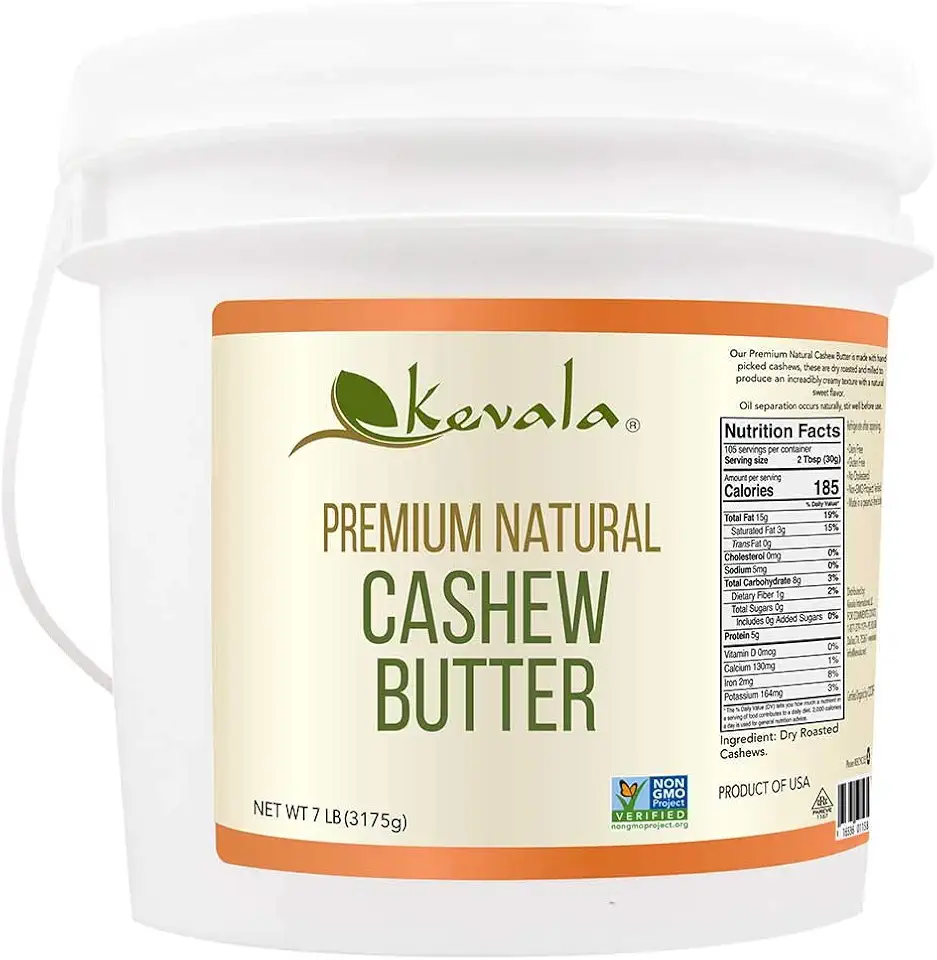 Kevala Cashew Butter 7 Lbs Pail
$83.62
View details
Prime
best seller
Kevala Cashew Butter 7 Lbs Pail
$83.62
View details
Prime
best seller
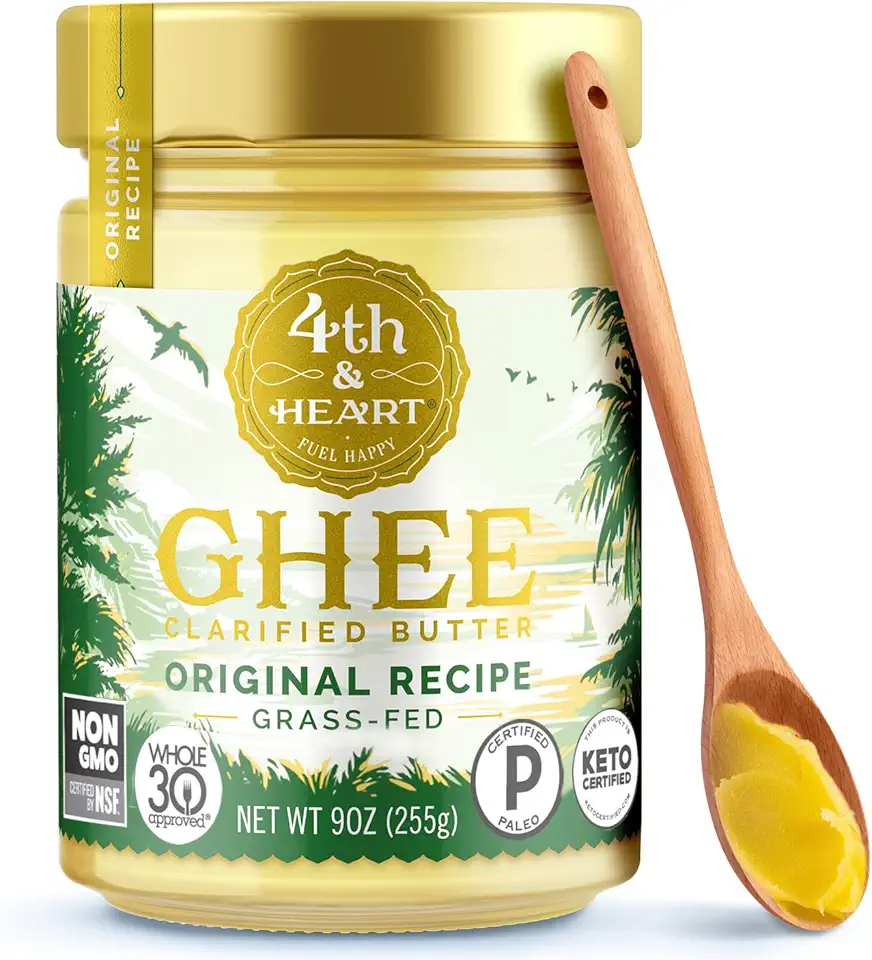 4th & Heart Original Grass-Fed Ghee, Clarified Butter, Keto, Pasture Raised, Lactose and Casein Free, Certified Paleo (9 Ounces)
$11.49
View details
Prime
4th & Heart Original Grass-Fed Ghee, Clarified Butter, Keto, Pasture Raised, Lactose and Casein Free, Certified Paleo (9 Ounces)
$11.49
View details
Prime
 4th & Heart Himalayan Pink Salt Grass-Fed Ghee, Clarified Butter, Keto Pasture Raised, Non-GMO, Lactose and Casein Free, Certified Paleo (9 Ounces)
$9.49
View details
4th & Heart Himalayan Pink Salt Grass-Fed Ghee, Clarified Butter, Keto Pasture Raised, Non-GMO, Lactose and Casein Free, Certified Paleo (9 Ounces)
$9.49
View details
Instructions
Step 1
In a saucepan, *melt the sugar* over medium heat until it reaches a light caramel color. Stir occasionally to ensure it melts uniformly and doesn’t burn.
Be patient and keep an eye on the temperature to achieve a *beautiful golden hue*.
Step 2
In a separate pot, combine the heavy cream and condensed milk. *Heat the mixture* gently until it is just about to boil, stirring frequently to prevent scorching.
This step is crucial since it will help in deglazing the melted sugar.
Step 3
Carefully pour the hot cream mixture into the melted sugar in two batches. *Stir vigorously* after each addition to blend the components well.
The mixture will bubble up, so take precautions when pouring!
Step 4
Reduce the heat to the lowest setting and continue to *simmer the caramel* until it reaches a temperature of 103-104 degrees Celsius (217-219 degrees Fahrenheit).
This is the perfect stage for achieving a rich, sticky caramel texture.
Step 5
Once you've reached the right temperature, remove the saucepan from the heat and allow the caramel to cool down to 45-50 degrees Celsius (113-122 degrees Fahrenheit).
Next, add the *cold, diced unsalted butter* and salt, then use an immersion blender to blend everything into a *smooth emulsion*.
Step 6
Transfer your beautiful caramel to a clean jar or container. Allow the caramel to cool completely at room temperature before sealing it.
Now it’s time to *enjoy your delicious homemade caramel*! Use it as a topping or ingredient in your favorite desserts.
Servings
Equipment
A good quality saucepan ensures even heat distribution, preventing your sugar from burning. Choose one that retains heat well for the best results.
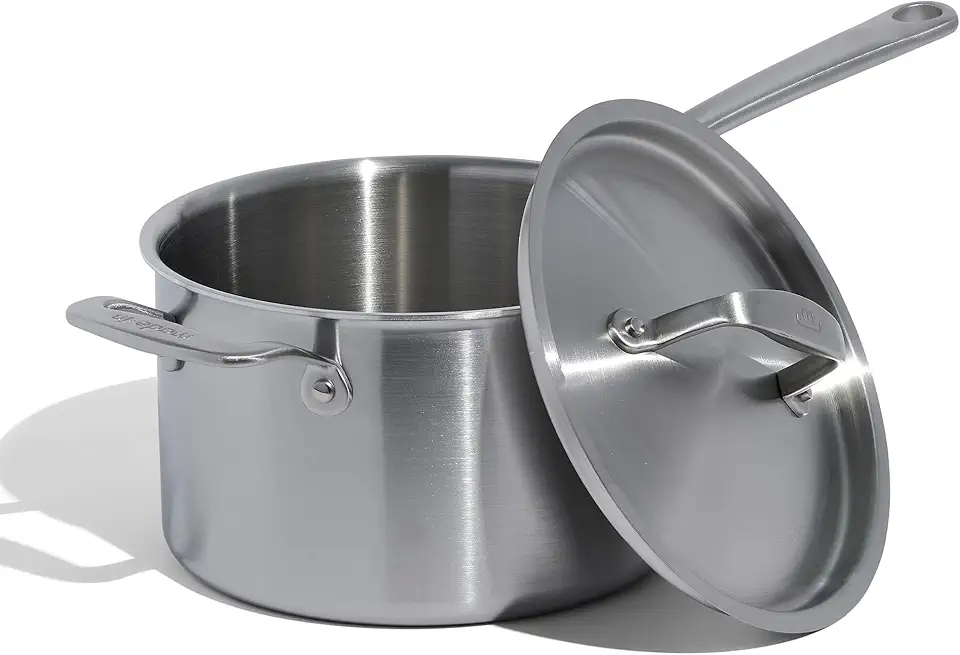 Made In Cookware - 4 Quart Stainless Steel Saucepan with Lid - 5 Ply Stainless Clad Sauce Pan - Professional Cookware - Crafted in Italy - Induction Compatible
$159.00
View details
Prime
Made In Cookware - 4 Quart Stainless Steel Saucepan with Lid - 5 Ply Stainless Clad Sauce Pan - Professional Cookware - Crafted in Italy - Induction Compatible
$159.00
View details
Prime
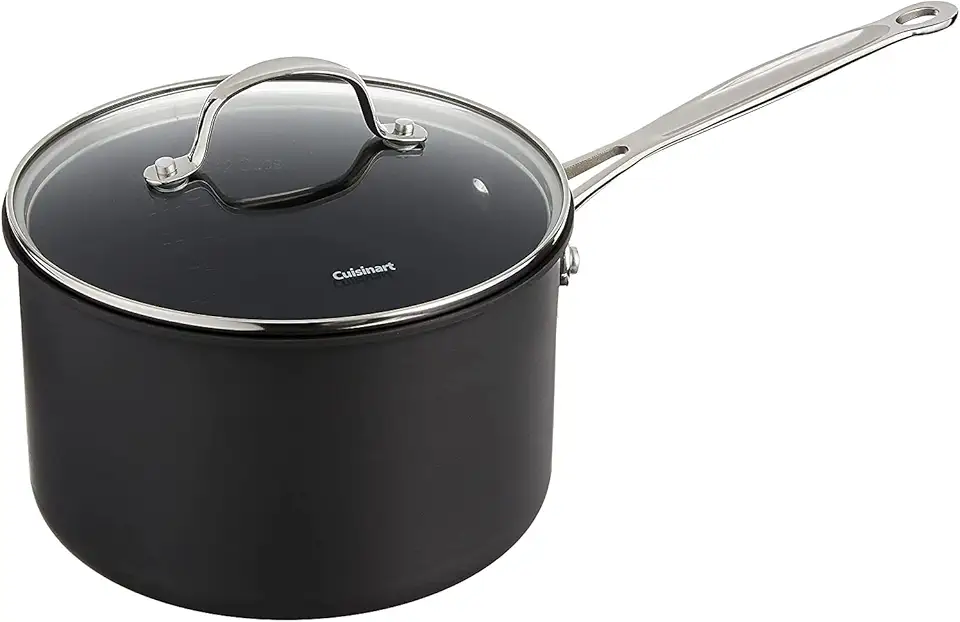 Cuisinart 6194-20 Chef's Classic 4-Quart Nonstick-Hard-Anodized, Saucepan w/Cover
$45.00
$59.95
View details
Prime
Cuisinart 6194-20 Chef's Classic 4-Quart Nonstick-Hard-Anodized, Saucepan w/Cover
$45.00
$59.95
View details
Prime
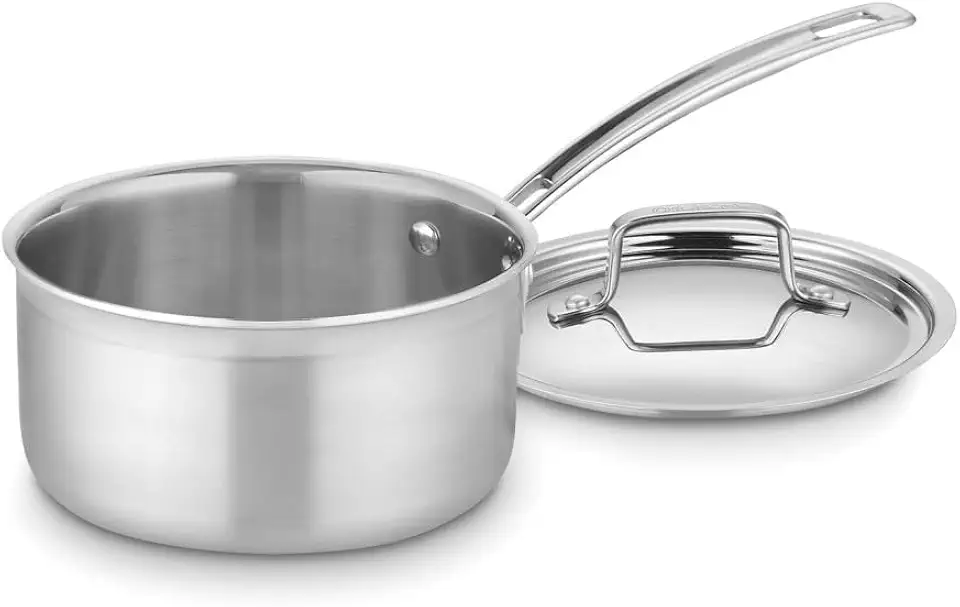 Cuisinart Saucepan with Cover, Triple Ply 2-Quart Skillet, Multiclad Pro, MCP19-18N
$49.95
View details
Cuisinart Saucepan with Cover, Triple Ply 2-Quart Skillet, Multiclad Pro, MCP19-18N
$49.95
View details
You'll need this to stir your caramel regularly. A whisk will help incorporate air into the mixture, while a wooden spoon provides a sturdy stirring option.
 Pack of 2 Danish Dough Whisk Blender Dutch Bread Whisk Hook Wooden Hand Mixer Sourdough Baking Tools for Cake Bread Pizza Pastry Biscuits Tool Stainless Steel Ring 13.5 inches 0.22 lb/pcs…
$9.80
$14.99
View details
Prime
best seller
Pack of 2 Danish Dough Whisk Blender Dutch Bread Whisk Hook Wooden Hand Mixer Sourdough Baking Tools for Cake Bread Pizza Pastry Biscuits Tool Stainless Steel Ring 13.5 inches 0.22 lb/pcs…
$9.80
$14.99
View details
Prime
best seller
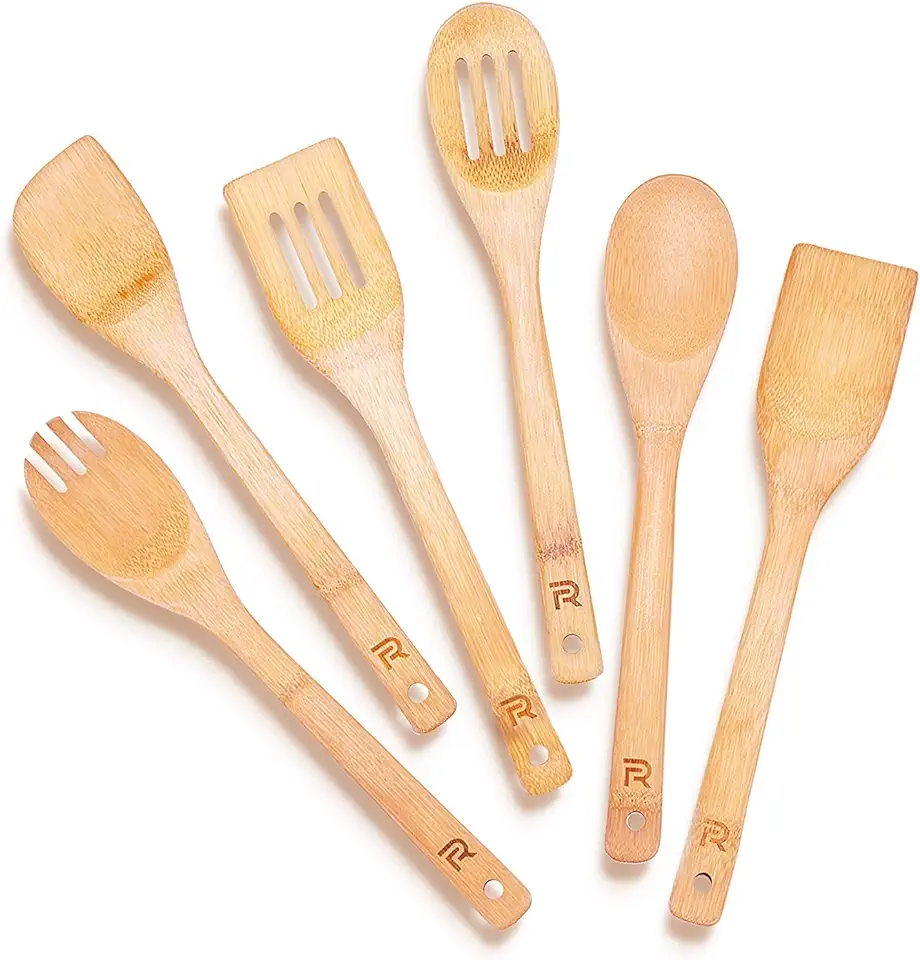 Riveira Bamboo Wooden Spoons for Cooking 6-Piece, Apartment Essentials Wood Spatula Spoon Nonstick Kitchen Utensil Set Premium Quality Housewarming Gifts for Everyday Use
$14.99
$21.41
View details
Prime
Riveira Bamboo Wooden Spoons for Cooking 6-Piece, Apartment Essentials Wood Spatula Spoon Nonstick Kitchen Utensil Set Premium Quality Housewarming Gifts for Everyday Use
$14.99
$21.41
View details
Prime
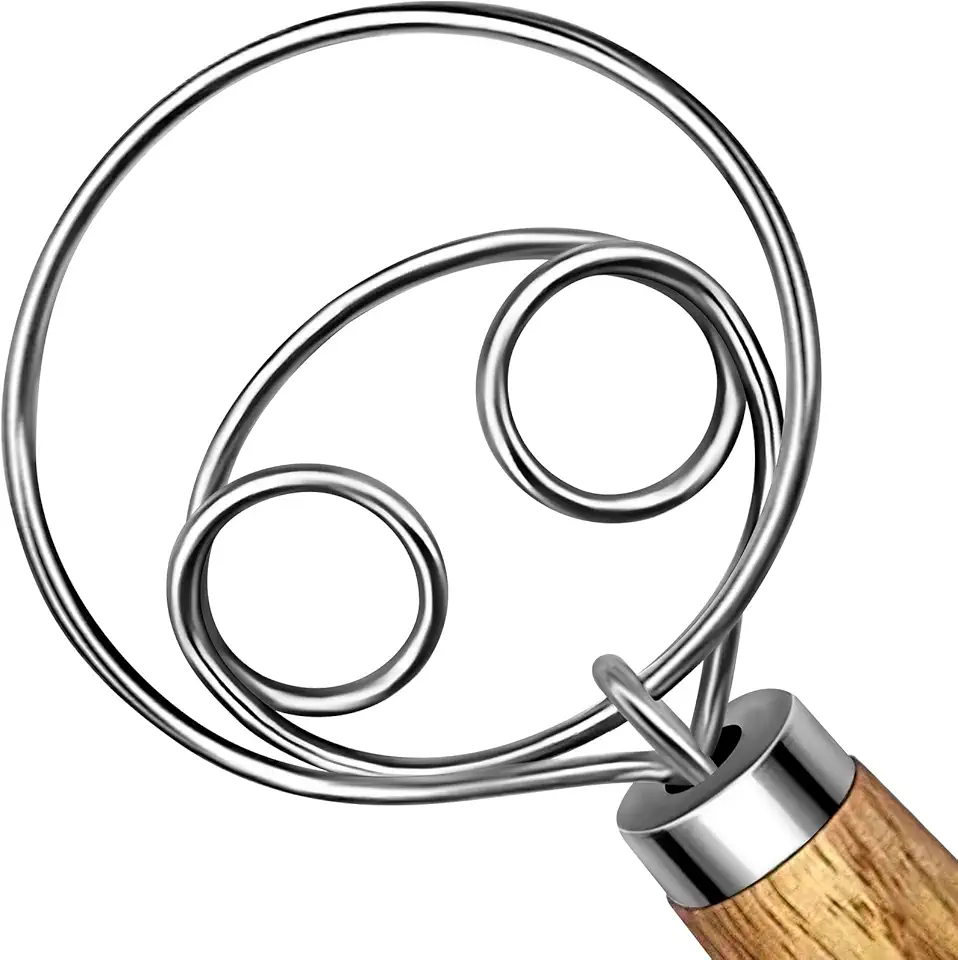 Danish Dough Whisk Wooden Bread Whisk with Stainless Steel Dough Hook - Traditional Dutch Whisk - Dough Mixer & Bread Making Tools & Sourdough Bread Baking Supplies
$9.89
$19.99
View details
Danish Dough Whisk Wooden Bread Whisk with Stainless Steel Dough Hook - Traditional Dutch Whisk - Dough Mixer & Bread Making Tools & Sourdough Bread Baking Supplies
$9.89
$19.99
View details
Accurate temperature is key in caramel making. A digital thermometer will help you reach the perfect temperature to avoid crystallization.
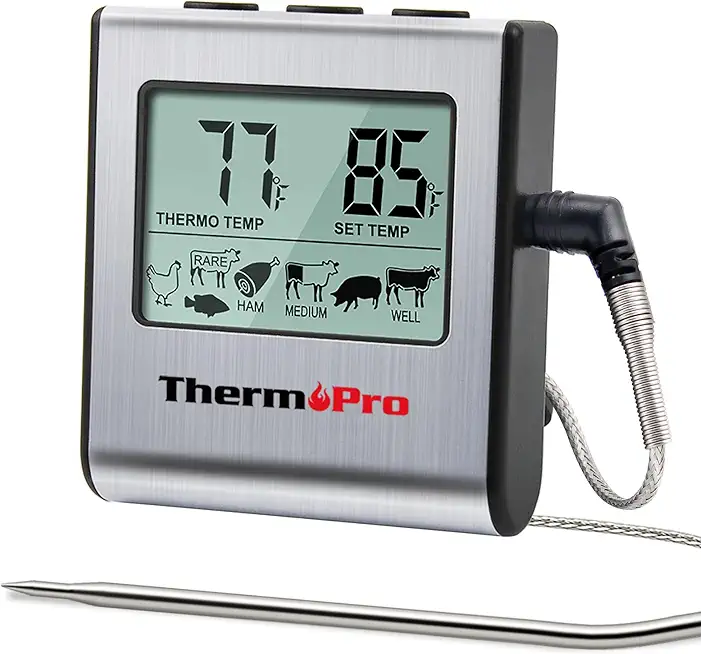 ThermoPro TP16 Large LCD Digital Cooking Food Meat Thermometer for Smoker Oven Kitchen BBQ Grill Thermometer Clock Timer with Stainless Steel Temperature Probe
$16.99
$29.99
View details
Prime
ThermoPro TP16 Large LCD Digital Cooking Food Meat Thermometer for Smoker Oven Kitchen BBQ Grill Thermometer Clock Timer with Stainless Steel Temperature Probe
$16.99
$29.99
View details
Prime
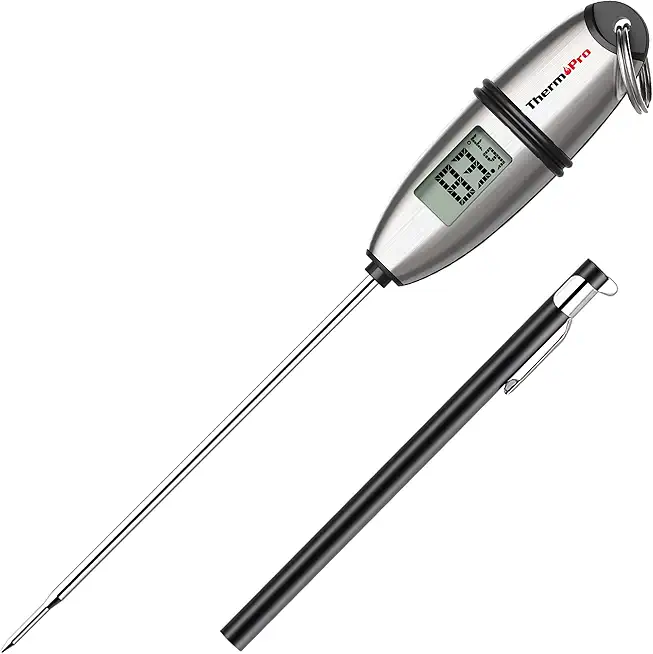 ThermoPro TP-02S Instant Read Meat Thermometer Digital Cooking Food Thermometer with Super Long Probe for Grill Candy Kitchen BBQ Smoker Oven Oil Milk Yogurt Temperature
$8.79
$14.99
View details
ThermoPro TP-02S Instant Read Meat Thermometer Digital Cooking Food Thermometer with Super Long Probe for Grill Candy Kitchen BBQ Smoker Oven Oil Milk Yogurt Temperature
$8.79
$14.99
View details
This will ensure that your caramel is perfectly smooth. Blend just until combined for the best texture.
 Ninja Hand Mixer, Immersion Blender, Foodi Power Mixer System, 750-Peak-Watt Handheld Emulsion Blender & Electric Hand Mixer Combo With Whisk, Beaters & 3-Cup Blending Vessel,120 volts, Black CI101
$99.95
$99.99
View details
Prime
Ninja Hand Mixer, Immersion Blender, Foodi Power Mixer System, 750-Peak-Watt Handheld Emulsion Blender & Electric Hand Mixer Combo With Whisk, Beaters & 3-Cup Blending Vessel,120 volts, Black CI101
$99.95
$99.99
View details
Prime
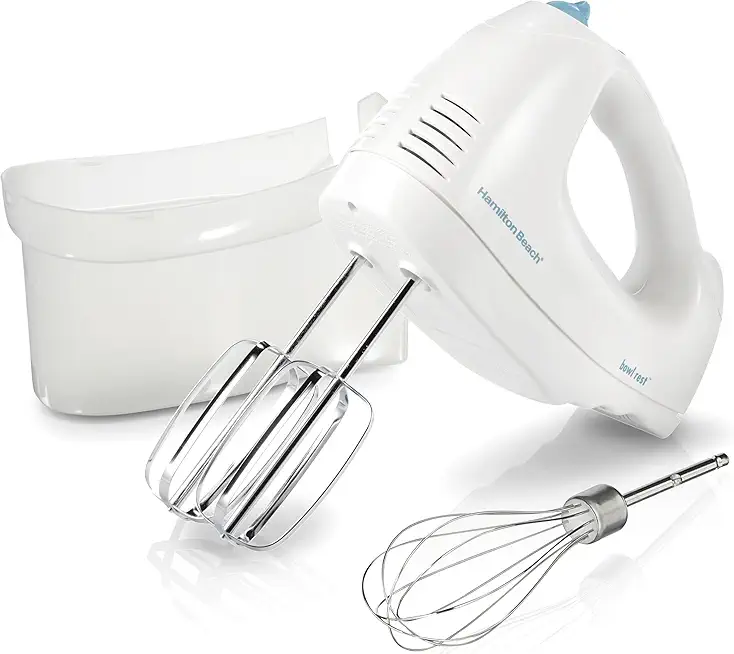 Hamilton Beach 6-Speed Electric Hand Mixer with Whisk, Traditional Beaters, Snap-On Storage Case, 250 Watts, White
$21.99
View details
Prime
best seller
Hamilton Beach 6-Speed Electric Hand Mixer with Whisk, Traditional Beaters, Snap-On Storage Case, 250 Watts, White
$21.99
View details
Prime
best seller
 OVENTE Electric Immersion Hand Blender 300 Watt 2 Mixing Speed with Stainless Steel Blades, Powerful Portable Easy Control Grip Stick Mixer Perfect for Smoothies, Puree Baby Food & Soup, Black HS560B
$17.08
$21.99
View details
OVENTE Electric Immersion Hand Blender 300 Watt 2 Mixing Speed with Stainless Steel Blades, Powerful Portable Easy Control Grip Stick Mixer Perfect for Smoothies, Puree Baby Food & Soup, Black HS560B
$17.08
$21.99
View details
Variations
Faq
- Why is my caramel crystallizing?
Crystallization can happen if you stir the caramel too much while it's cooking or if there are impurities in your sugar. Make sure to keep the heat steady and avoid stirring until the sugar has fully melted.
- How do I store leftover caramel?
Let it cool completely, then transfer it to an airtight container. Store it in the refrigerator for up to two weeks. Gently reheat before using.
- How can I achieve a deeper flavor in my caramel?
Try browning your butter before adding it to the caramel, or incorporate a splash of vanilla extract or a pinch of sea salt for an extra layer of flavor!
- Can I use low-fat cream instead of heavy cream?
While you can use low-fat cream, it may not yield the same rich texture and flavor. It's recommended to stick with heavy cream for the best results.
- What if my caramel is too thick?
If your caramel turns out thicker than desired, you can gently reheat it and add a bit of cream, stirring until it reaches your preferred consistency.
- How can I prevent the caramel from burning?
Use a heavy-bottom saucepan to distribute heat evenly and monitor the temperature closely. Stir consistently, especially as it begins to brown.

